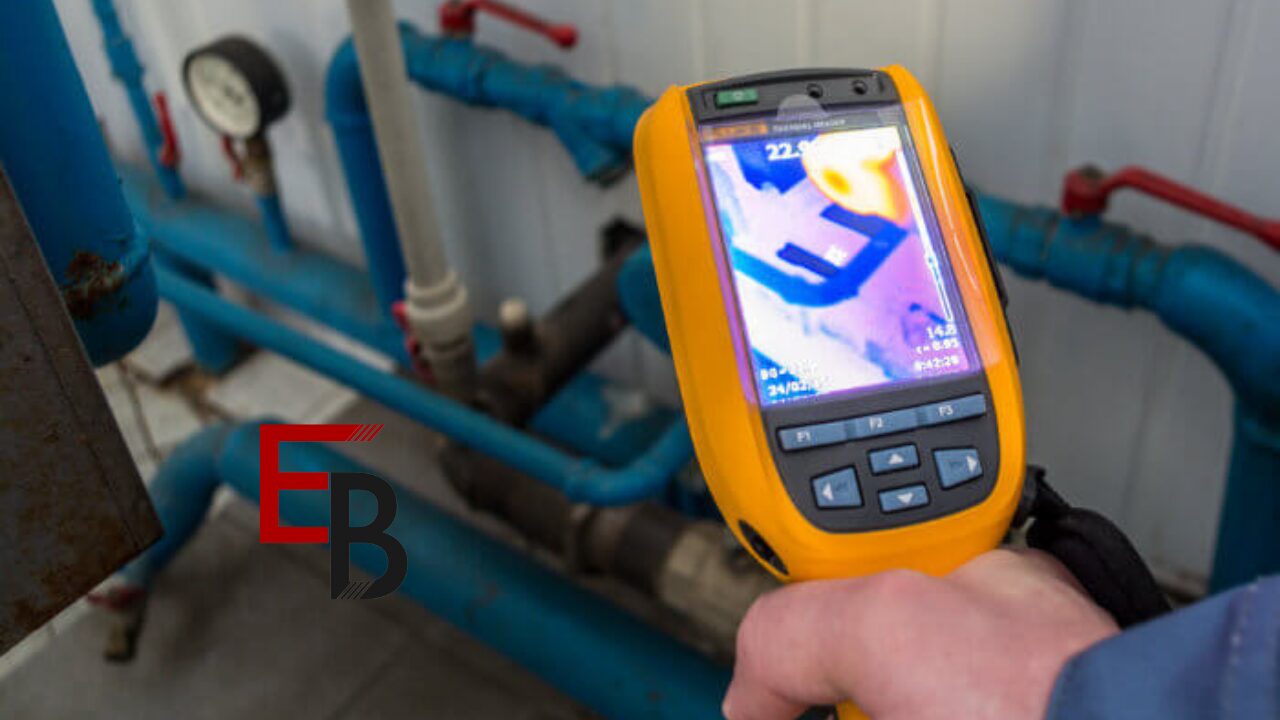How to Detect a Water Leak

Are you worried about a potential water leak in your home? Don’t fret! This article will guide you on detecting a water leak using simple steps.
Check your water meter, examine your walls and ceilings, inspect your faucets and pipes, and look for signs of water damage in your bathroom.
Additionally, keep an eye on your water bill for any unexpected increases. With these tips, you can identify and address any water leaks quickly.
Check Your Water Meter
To accurately detect a water leak, regularly check your water meter for any signs of abnormal usage. Your water meter is an excellent tool for monitoring your water consumption and identifying any sudden increases in usage that could indicate a leak.
Start by locating your water meter near the main water line entering your property. Take note of the current reading and refrain from using water for a few hours.
After the designated time, recheck the meter. If the reading has changed, even though no water has been used, it could be a sign of a leak. Additionally, watch for spinning or moving dials, which can indicate a leak.
Regularly checking your water meter is a simple yet effective method of promptly detecting and addressing water leaks.
Examine Your Walls and Ceilings
Next, examine your walls and ceilings for any visible signs of water leaks. Look for discolored patches, peeling paint, or wallpaper coming off. These could indicate the presence of water damage caused by a leak.
Pay close attention to areas near pipes, faucets, fixtures, and corners and edges where water could seep through. Check for any bulging or sagging in the walls or ceilings, which could suggest water accumulation.
Additionally, watch for mold or mildew growth, indicating excess moisture. If you notice any of these signs, it’s essential to take action immediately to prevent further damage and address the source of the leak.
Inspect Your Faucets and Pipes
Now, continue examining your faucets and pipes to detect potential water leaks. Here’s what you need to do:
1. Check for drips: Check for faucets that constantly drip, as even a tiny leak can waste significant water over time.
2. Inspect for visible signs of leaks: Look for any puddles or water stains around your faucets and pipes. These can indicate leaks that need immediate attention.
3. Listen for unusual sounds: Listen to strange noises from your faucets or pipes, such as hissing or banging. These sounds can be a sign of a leak or a pipe that’s under too much pressure.
4. Conduct a water meter test: Turn off all faucets and appliances that use water. Take note of the water meter reading. Wait for a few hours without water, then recheck the meter. If the task has increased, you may have a hidden leak.
Look for Signs of Water Damage in Your Bathroom
Inspect your bathroom for visible signs of water damage. Look for any discoloration on the walls or ceiling, which could indicate a leak. Check for peeling or bubbling paint and any cracks or warping in the tiles or flooring. Pay attention to musty or mildew-like smells that could indicate hidden water damage.
Examine the caulking around your bathtub, sink, and toilet for any gaps or deterioration. Look for any water stains or watermarks on the walls or baseboards. Additionally, check underneath the sink and around the bathroom for any signs of moisture or pooling water.
Monitor Your Water Bill for Unexpected Increases
Regularly monitoring your water bill for unexpected increases is essential to detect water leaks. By watching your water bill, you can catch any sudden spikes that may indicate a hidden leak.
Here are four key points to remember when monitoring your water bill:
1. Compare your current bill to previous months: Look for any significant differences in your usage that a change in your habits or seasonal factors can’t explain.
2. Check for unexplained increases: If your water bill suddenly jumps without apparent reason, it could indicate a leak.
3. Monitor your usage patterns: Keep track of your average monthly consumption to identify any unusual ways that could signal a leak quickly.
4. Be proactive: If you suspect a leak but can’t find any visible signs, contact a professional plumber to conduct a thorough inspection.
Conclusion
So, if you suspect a water leak in your home, you can take a few simple steps to detect it.
Start by checking your water meter and monitoring your bill for unexpected increases.
Examine your walls, ceilings, faucets, and pipes for any signs of water damage.
By being vigilant and proactive, you can catch a water leak early and prevent further damage to your home.
